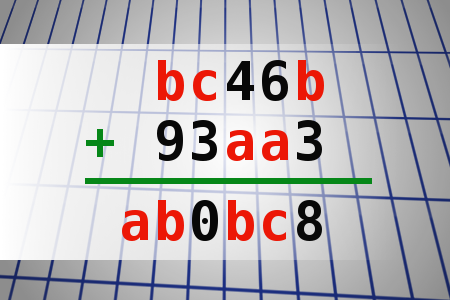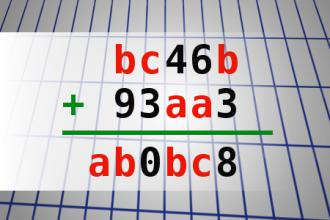Find number abc
If bc46b + 93aa3 = ab0bc8 find number abc. Multiple solutions may exist.Correct answers: 43
The first user who solved this task is Djordje Timotijevic.
#brainteasers #math

Thanksgiving
A man went one Thanksgiving to get a turkey from a live poultry farm. "Do you have any turkeys going cheap?" he asked."Nope," said the owner. "All our turkey go gobble, gobble.'"
Q: Why can't you take a turkey to church?
A: Because they use fowl language.
Q: What's the most musical part of a turkey?
A: The drumstick.
Q: Which cat discovered America?
A: Christofurry Columbus.
Q: Why can't you take a turkey to church?
A: Because they use fowl language.
Q: What's the most musical part of a turkey?
A: The drumstick.
Q: Which cat discovered America?
A: Christofurry Columbus.

